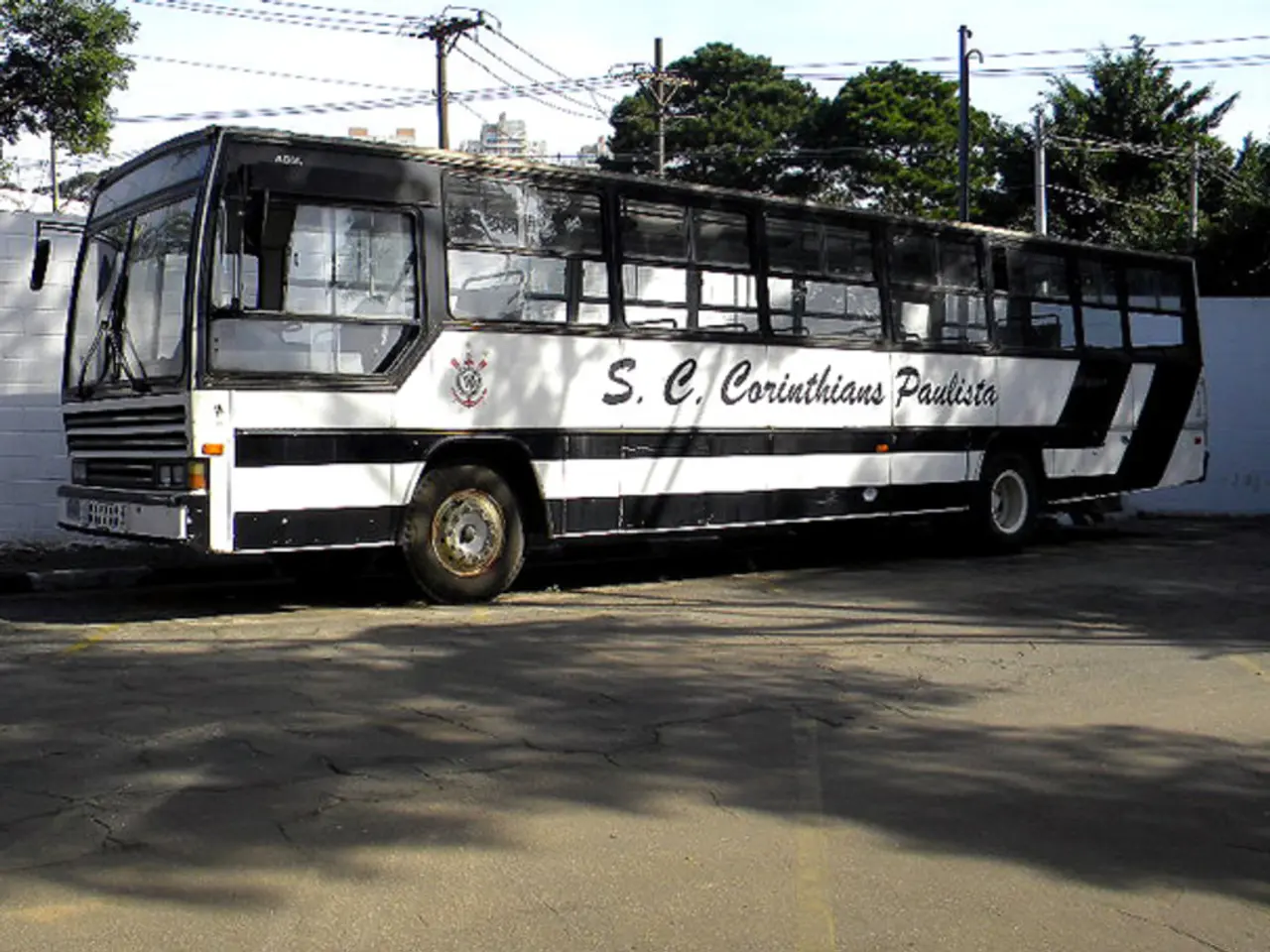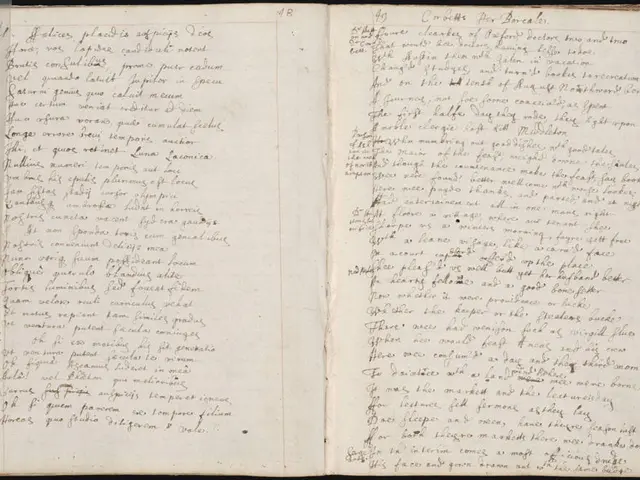EU power usage increases due to widespread use of electric Heavy Duty Vehicles
In a significant study, the European Network of Transmission System Operators for Electricity (ENTSO-E) has analysed the electrification of heavy-duty vehicles (HDVs) such as buses and trucks. The study, titled "Deployment of Heavy-Duty Electric Vehicles and their Impact on the Power System", was conducted in collaboration with the International Energy Agency (IEA).
The analysis reveals that the shift towards electric buses and trucks will represent only about 3% of Europe's final electricity consumption in 2030. However, the demand for electricity by these vehicles is estimated to reach up to 32 terawatt-hours (TWh) for trucks and 15 TWh for electric buses and Battery Electric Vehicles (BEV), and Plug-In Hybrid Electric Vehicles (PHEV) combined. This surge in demand, particularly during late evenings and night hours when vehicles return to depots, could pose challenges to the power system.
The main issue in the electrification of HDVs lies in managing the additional power demand. ENTSO-E's analysis underscores the need for strategic planning and management in various aspects of the electrification process, including charging infrastructure and demand management.
The study emphasises the importance of smart charging strategies and demand response mechanisms to manage the expected increase in electricity demand from electric buses and trucks. These strategies can help mitigate potential grid challenges and ensure a smooth transition to a more electrified transport sector.
The grid's availability and capacity are key concerns in managing the additional power demand from electric buses and trucks. The paper from ENTSO-E underscores the importance of coordination among grid operators, local authorities, and fleet managers for a successful integration of electric buses and trucks into the power system.
The electrification of HDVs is not expected to pose major challenges to the power system in terms of overall electricity demand. However, it is a significant part of the overall energy landscape. Together, electric buses, trucks, and their electrification will contribute to half of the total electricity consumption in the transport sector by 2030.
The analysis by ENTSO-E extends to various aspects of the electrification of heavy-duty vehicles, emphasising the need for strategic planning and management. The study concludes by emphasising the importance of these strategies for ensuring a smooth transition to a more electrified transport sector, addressing potential grid challenges.
Read also:
- EPA Administrator Zeldin travels to Iowa, reveals fresh EPA DEF guidelines, attends State Fair, commemorates One Big Beautiful Bill
- "Divine Protections Failed: Father Battling for Life After Flesh-Eating Bacteria Infection"
- Innovative Company ILiAD Technologies Introduces ILiAD+: Boosting Direct Lithium Extraction Technology's Efficiency Substantially
- Nuclear Ambitions at a U.S. Airport Spark Controversy, With Opposition Swelling








